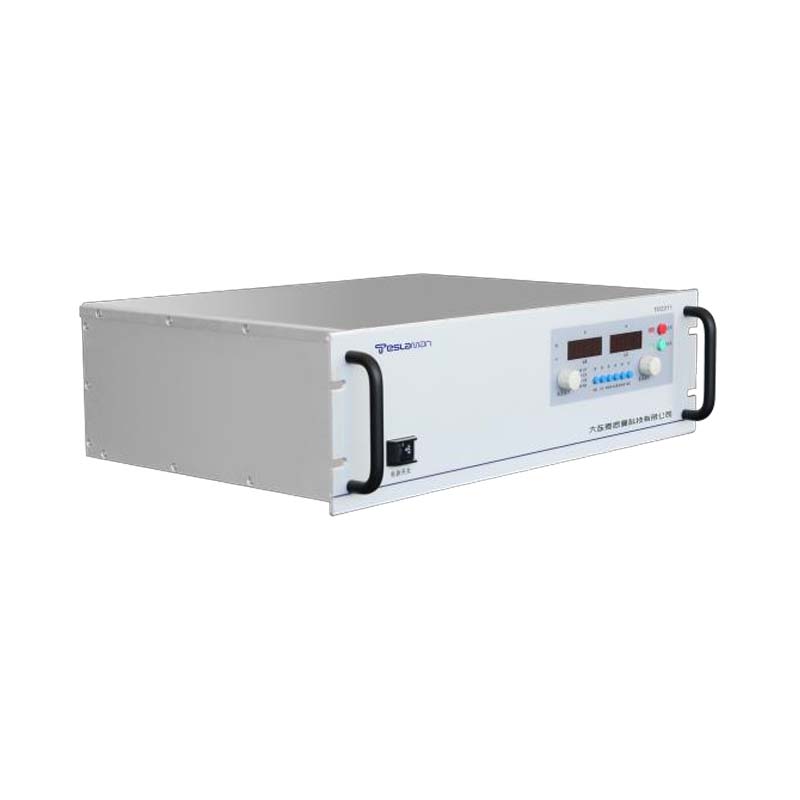Intelligent Regulation of Plasma Sheath for High-Voltage Power Supplies in Etching Equipment
In the semiconductor etching process, the characteristics of the plasma sheath (an ionized layer between the plasma and the workpiece, with a thickness of several μm to tens of μm) directly determine the etching rate and uniformity. Traditional high-voltage power supplies for etching equipment adopt fixed output parameters, which are difficult to adapt to the dynamic changes of the sheath under different processes (silicon etching, metal etching). This leads to the etching uniformity of 12-inch wafers exceeding ±8%, and the sidewall perpendicularity of high-aspect-ratio trenches being less than 85%, which cannot meet the requirements of 7nm and below processes.
The construction of an intelligent plasma sheath regulation system requires the integration of monitoring, control, and learning functions. The monitoring module uses a Langmuir probe (sampling frequency ≥1kHz) to detect the sheath potential and electron density in real time, and combines optical emission spectroscopy (OES) to analyze the plasma composition, realizing accurate perception of the sheath state. The control core adopts a "PID + fuzzy control" algorithm. When it is detected that the sheath thickness deviation exceeds 5%, it automatically adjusts the power supply output voltage (100V-10kV, accuracy ±1V), frequency (1kHz-100MHz, accuracy ±10Hz), and pulse duty cycle (5%-50%). Meanwhile, for large-area wafers, an 8-channel power supply is used for coordinated control, and each channel is independently adjusted according to the sheath data of the corresponding area. In addition, a backpropagation (BP) neural network model is introduced. By accumulating more than 1000 sets of process data, the prediction of the sheath change trend is realized with a prediction accuracy ≥95%, and the power supply parameters are adjusted in advance to avoid etching defects.
In the 12-inch silicon wafer etching experiment, this system improved the etching uniformity from ±8% to ±3%, stabilized the etching rate at 500nm/min (fluctuation ≤5%), and achieved the sidewall perpendicularity of high-aspect-ratio trenches up to 89.5%, fully meeting the etching requirements of advanced processes and providing a key technical path for the intelligent upgrading of etching equipment.




















